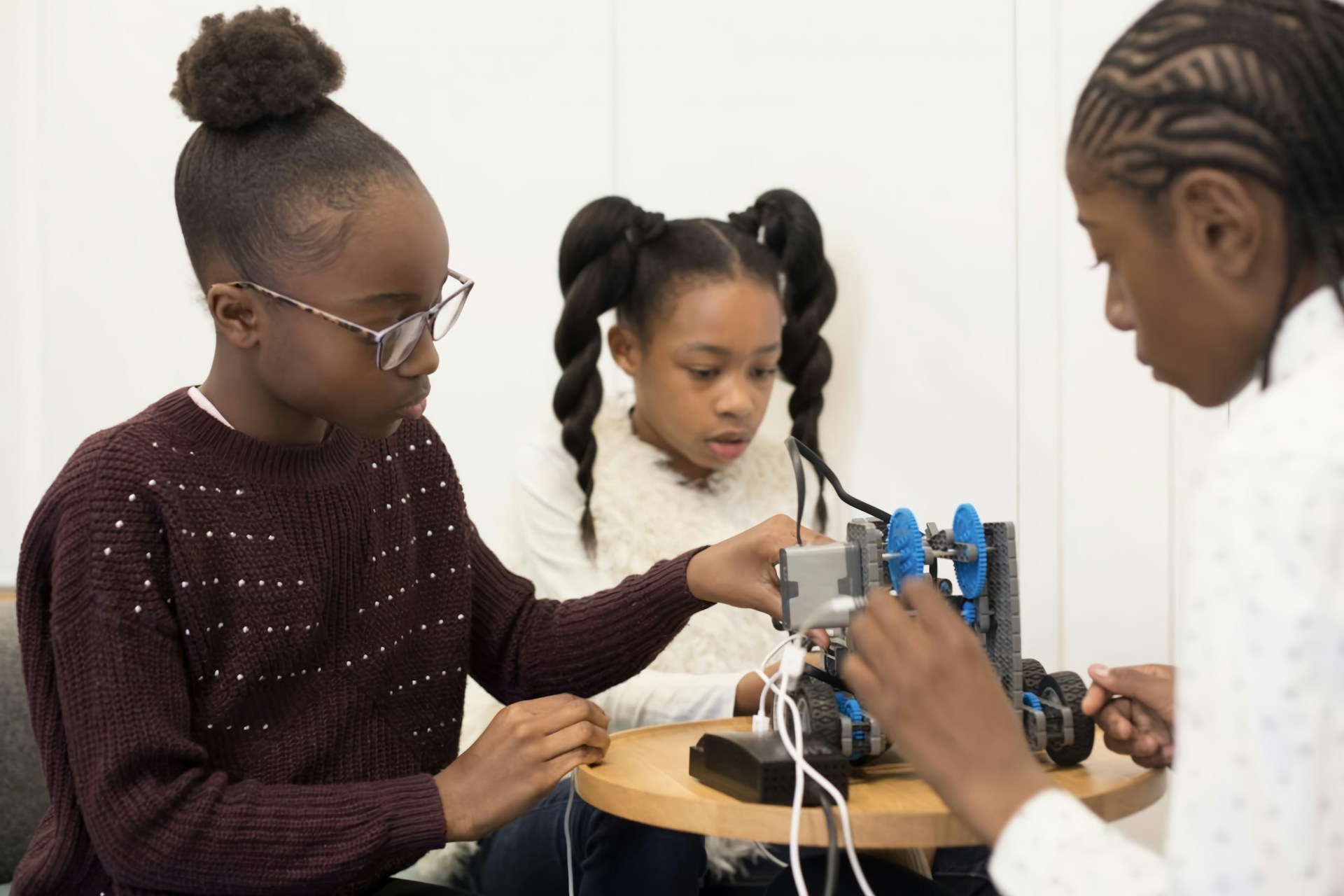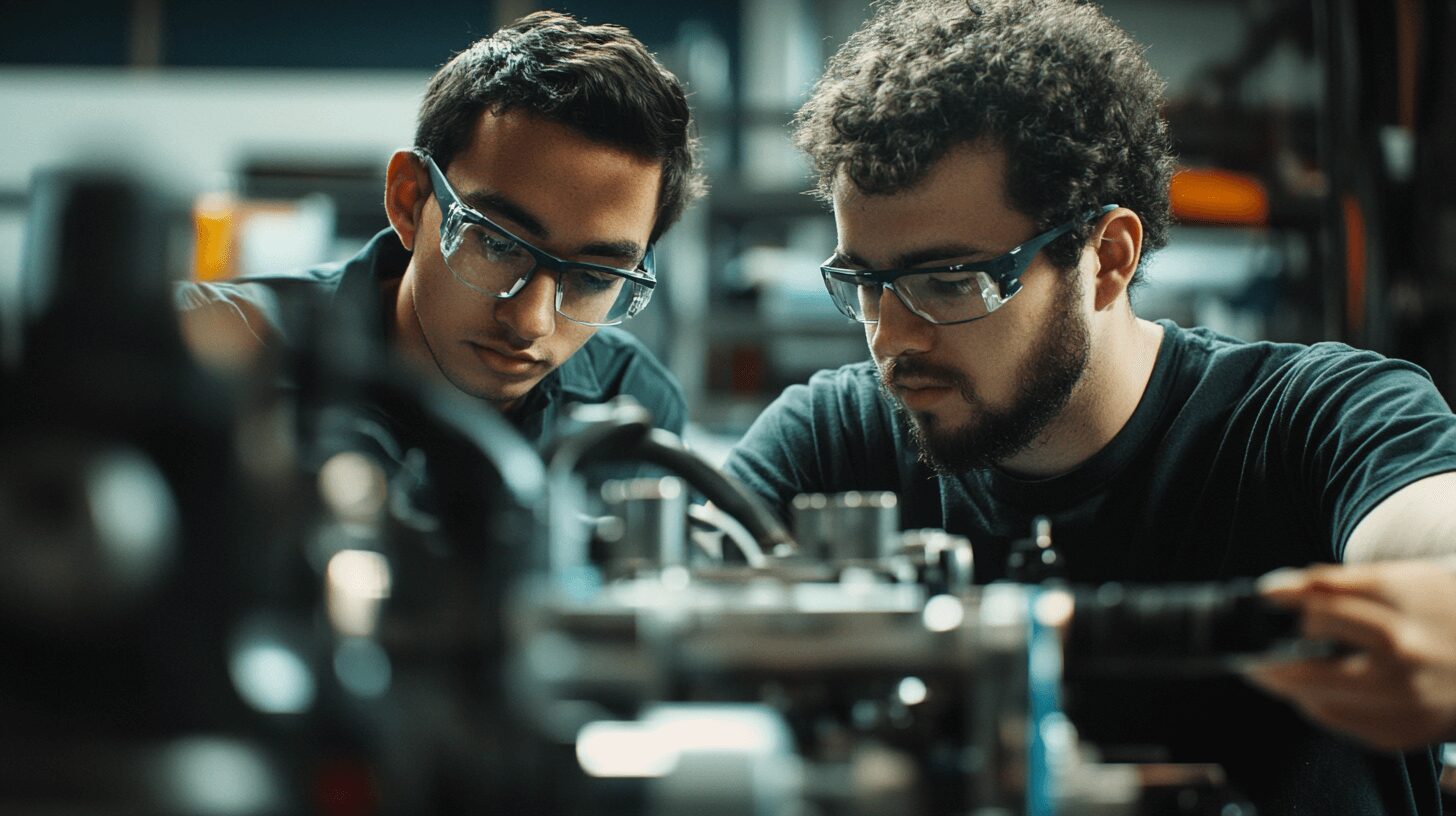
Did You Know About the Amazing Impact of Biomedical Engineering Research?
July 13, 2021 - Emily Newton
Revolutionized is reader-supported. When you buy through links on our site, we may earn an affiliate commission. Learn more here.
Many innovations that are now commonplace came about because of hardworking biomedical engineers. Pacemakers, artificial limbs and dialysis machines are a few of the many advancements made possible by people in this field. Here’s a closer look at how biomedical engineering positively impacts society.
Many of these examples involve specific disorders. However, those advancements could eventually have broader effects, particularly if they encourage biomedical engineering professionals to view things from different perspectives and consider new paths forward that hadn’t initially been apparent.
Restoring Lost Functionality
Many people who experience severe losses of functionality learn to cope the best they can but still find life much different than before. However, biomedical engineering advancements can bring improvements.
Biomedical Engineers Create More Useful Prosthetic Ankles
Prosthetic technologies have come a long way over the years. They look much more realistic and let users regain the movements and poses they’d lost.
Biomedical engineers from two North Carolina universities recently announced an achievement related to improved prosthetic ankles. The devices respond to electrical signals from a wearer’s muscles, allowing more natural, intuitive use. Researchers wondered if users could work with physical therapists and learn to use the prosthetic ankles while engaging in a broader range of movements.
An artificial ankle responds to electrical signals from two residual calf muscles that control ankle motion. The researchers built a control paradigm that changes those signals into commands for the prosthesis. They worked with a study participant who had lost one leg approximately midway between the knee and ankle.
After getting fitted with the device, the person did five training sessions with a physical therapist that lasted about two hours each over two-and-half weeks. After getting acquainted with the prosthesis through that assistance, they could perform movements they couldn’t previously, such as squatting to pick up something from the ground and independently transitioning from sitting to standing.
The researchers also showed that the prosthesis made the test subject more capable and confident when standing on foam. Due to the success of this case study, the team plans to offer the prosthetic ankle for beta testing, encouraging people to use it in their daily activities.
Helping People With Laryngeal Issues
The larynx is a complex organ involved in talking, breathing and swallowing. If people get laryngeal cancer or suffer trauma in that area, they may need a procedure called a total laryngectomy. It removes the larynx and leaves people unable to speak. They also have to breathe through a hole in their necks.
Widely used reconstruction options don’t give people functionality, and they primarily close any holes created by the surgery. However, a laryngologist teamed up with a biomedical engineering team to make much-needed progress. They relied on a patented collagen polymer to recreate three regenerative replacement tissues for people undergoing laryngeal reconstruction procedures. The muscular component of the fabrications comes from a patient’s progenitor cells.
The team believes this approach could someday make laryngeal removal obsolete. They clarified that current methods of laryngeal reconstruction don’t allow for muscles that move and contract. However, the collagen polymer does enable those things. Focusing on this innovative reconstruction could give people a better quality of life.
Bringing Better Preventive Measures to Underserved Populations
Besides helping people with existing health concerns, biomedical engineering can make effective diagnostic measures available at lower costs. When that happens, larger segments of the population have opportunities to prevent the most devastating effects of a health issue.
In one example, biomedical engineers at Duke University built an affordable and portable optical coherence tomography (OCT) scanner they say will greatly improve diagnostic options for people with retinal problems, such as glaucoma and macular degeneration. However, most OCT machines cost at least $100,000, making them out of reach for many facilities.
This new option features parts costing less than one-tenth of commercially available systems. The researchers also carried out a spectrometer redesign that makes the device 15 times lighter and smaller than the machines currently on the market.
Duke biomedical engineering professor Adam Wax explained, “Once you have lost vision, it’s very difficult to get it back, so the key to preventing blindness is early detection. Our goal is to make OCT drastically less expensive so more clinics can afford the devices, especially in global health settings.”
Testing the machine involved recruiting 60 participants, some of whom had retinal disorders. The results showed that the researchers’ OCT scanner gave only 5.6% useful contrast compared to the commercial machine — still enough to diagnose people despite the slight decrease.
Improving Understanding About a Disease
Bioengineering professionals frequently make progress based on what others have done — sometimes decades before them — in expanding knowledge about a particular topic. For example, biochemists examine whole animals, as well as the biomolecules that make them function. That means they often work to learn more about what causes a disease or how to treat it.
Making progress in that area furthers the work of biomedical engineers, plus helps improve the quality of life for people who have a disease or may get diagnosed with it later.
Biochemists Learn More About Happens in the Brain With Alzheimer’s Disease
Despite decades of research to find effective treatments for people with Alzheimer’s disease, those interventions remain elusive. However, efforts made by biochemists at UCLA may have unlocked new insights.
Scientists have known that people with the disease have harmful, rope-like structures called amyloid fibrils that form in their brains. They’re comprised of ordinarily soluble proteins that assemble insoluble fibers and become resistant to breaking down.
In 2005, a research team reported that the amyloid fibrils have interlocking proteins. They’re present in people with other health issues, such as Parkinson’s disease and dozens of other degenerative medical problems. However, this newer research involved the discovery that the small protein beta-amyloid — often a sign of Alzheimer’s — has both a normal and age-damaged version. The second type has an additional “molecular zipper” that scientists identified for the first time.
The most common beta amyloids have 40 or 42 amino acids. However, the team confirmed that, as someone ages, the 23rd one could spontaneously become kinked. The kink is what forms the zipper, and scientists have more to learn about how to break it open. The researchers said that knowing about that kinked amino acid could give pharmaceutical companies clues about how to develop potential treatments.
Unlocking Why a Promising Treatment May Work in Patients With Alzheimer’s Disease
In the above example, biochemists achieved something that may help develop future treatments. Research published in 2020 by biomedical engineers complements it by clarifying why a particular Alzheimer’s disease treatment shows potential. The intervention involves exposing patients to flashing lights and pulsing sounds.
Researchers previously knew that it decreased amyloid plaque in the brain but weren’t sure why. However, a biomedical engineer co-led a study that brings fascinating clarity. Lab experiments showed that lights pulsing at 40 hertz caused the brain to release signaling chemicals that could help it fight the effects of Alzheimer’s disease.
The lights triggered brain immune cells called microglia to eliminate the beta-amyloid proteins that cause plaque buildup. The scientists also found that it only took about 15 minutes of exposure to the flickering light before the microglia activity began.
Interestingly, the team also found that lowering the light pulse rate to 20 hertz had a suppressive effect on microglia activity. They explained that some disorders — such as schizophrenia — could benefit from damping the immune response.
It’s also exciting that scientists have learned more about a treatment that’s both noninvasive and effective. Those qualities could increase a patient’s willingness to try and stick with the regimen.
Biomedical Engineering Can Change the World
Even the healthiest people usually need the help of medical technology at some point in their lives. Biomedical engineering research can help them while revealing new research that could prevent illness or slow a disease’s progression.
The examples here give a glimpse of what’s possible. People should expect that biomedical engineering achievements will continue shaping the world for the better.
Revolutionized is reader-supported. When you buy through links on our site, we may earn an affiliate commission. Learn more here.
Author
Emily Newton
Emily Newton is a technology and industrial journalist and the Editor in Chief of Revolutionized. She manages the sites publishing schedule, SEO optimization and content strategy. Emily enjoys writing and researching articles about how technology is changing every industry. When she isn't working, Emily enjoys playing video games or curling up with a good book.




